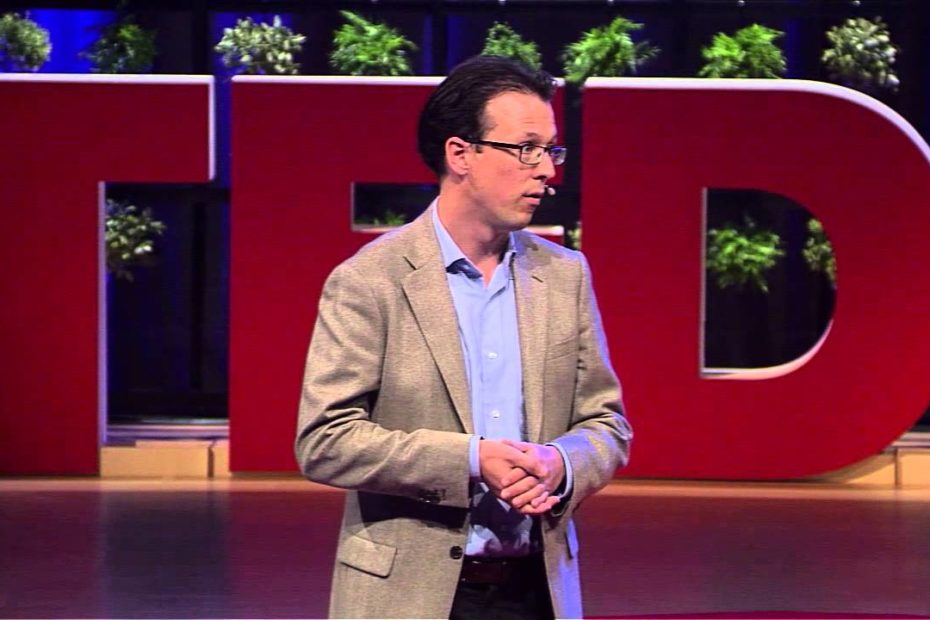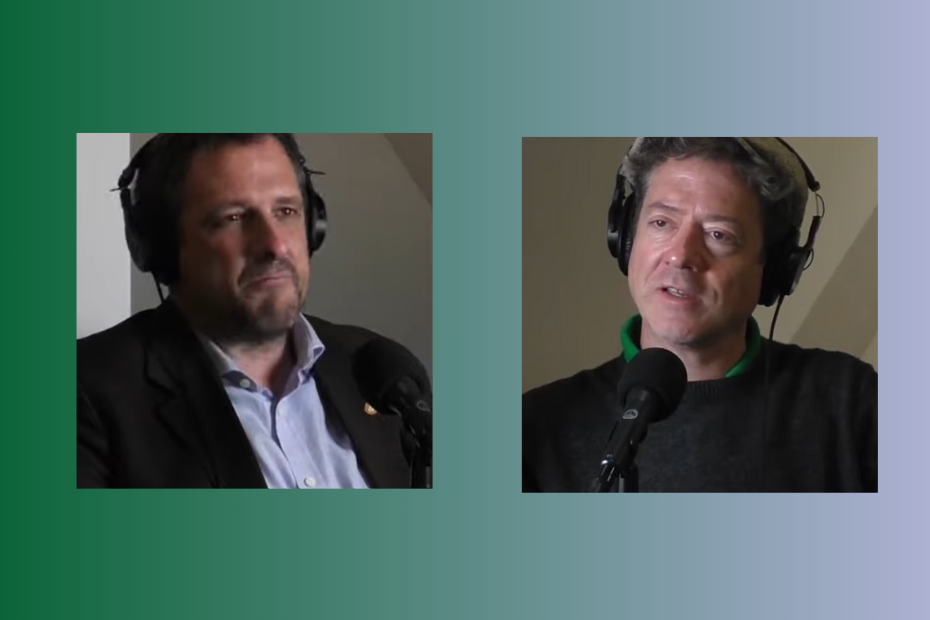National Geographic featured a marvelous photo-essay about sea farming, announcing, “Aquaculture has expanded about 14-fold since 1980 … exceeding beef production clearly for the first time.”
“We call kelp the virtuous vegetable,” says Paul Dobbins of Ocean Approved, “because we are able to create a nutritious food product with no arable land, no fresh water, no fertilizer, and no pesticides. And we’re helping clean the ocean while doing it. We think the ocean would approve.”
National Geographic refers to this global phenomenon with a phrase familiar to many seasteaders: “the blue revolution.”
Something is happening in the zeitgeist. Many seasteaders use the term “blue revolution” to evoke the green revolution of Norman Borlaug, the plant geneticist from Iowa credited with saving over a billion lives. Ricardo Radulovich with his Sea Gardens Project, Patrick Takahashi with his OTEC initiatives, and DeltaSync with their floating eco-farms, have each independently coined the term “blue revolution.” I know, because I talked to each of them before any of them had heard of each other.
That’s the role of The Seasteading Institute, to organize and connect these aquapreneurs who all see the same solution to global challenges and let them know they are already part of a community.
We’re grateful to National Geographic for taking up the cause of the blue revolution.
At our Seasteading Conference in 2012, Patrick Takahashi and Ricardo Radulovich spoke about the blue revolution, and Rutger de Graaf, co-founder of DeltaSync who co-designed our Floating City Design and Feasibility Report, spoke about the blue revolution at TEDx.


Have these aquapreneurs joined TSI yet? Are their discussions hidden somewhere we cannot find?
KatOnTri, the 3 aquapreneurs mentioned have been members of the seasteading community for years. I added links to their talks about the blue revolution above. Thanks for asking!